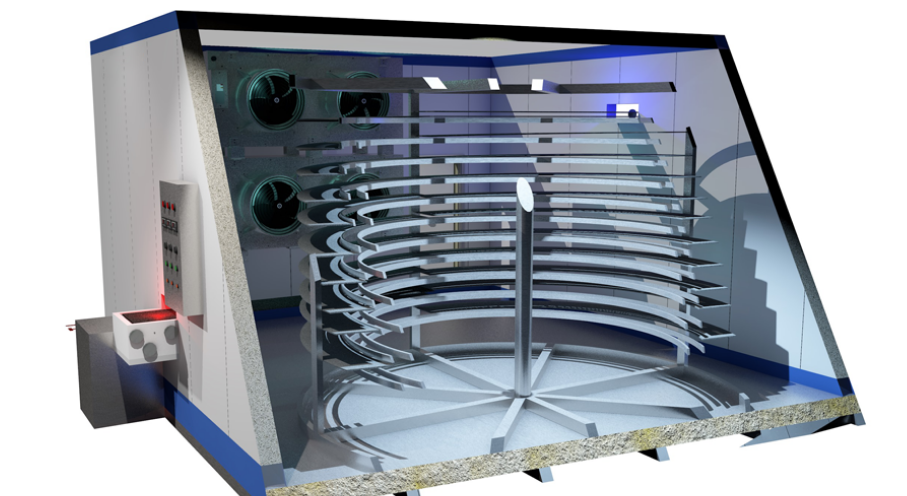freezer cool room
The Importance of Freezer and Cool Rooms in Modern Storage Solutions
In the contemporary world, food preservation and temperature-controlled storage are of paramount importance. Whether for commercial enterprises or household use, freezer and cool rooms play a crucial role in maintaining the integrity, taste, and safety of various perishable goods. This article explores the significance of freezer and cool rooms, their applications, and best practices for their effective use.
The Functionality of Freezer and Cool Rooms
Freezer and cool rooms are specialized storage areas designed to maintain specific temperature ranges for the preservation of temperature-sensitive products. Freezer rooms typically operate at or below -18°C (0°F), making them ideal for storing items like meats, fish, and prepared foods that require long-term freezing. In contrast, cool rooms are maintained at temperatures between 0°C and 10°C (32°F to 50°F), which is suitable for dairy products, fruits, vegetables, and other goods that need to be kept cool but do not require freezing.
Applications in Various Industries
These temperature-controlled spaces are vital in numerous industries, most notably in food service, healthcare, and pharmaceuticals. In restaurants and catering businesses, freezer and cool rooms are essential for storing ingredients and prepared dishes to ensure they remain fresh for customers. The hospitality sector relies on these facilities to maintain food safety and adhere to health regulations.
In healthcare, cool rooms are crucial for the preservation of vaccines, medications, and blood products. The integrity of these items is dependent on consistent temperature control, which can be life-saving. Similarly, the pharmaceutical industry also demands precise temperature regulation to ensure the efficacy and safety of drugs.
Best Practices for Maintaining Freezer and Cool Rooms
freezer cool room

To maximize the efficiency of freezer and cool rooms, several best practices should be followed
1. Regular Monitoring Utilizing digital temperature monitoring systems can help in tracking temperature fluctuations in real time. This ensures that any deviations from the required temperature range are immediately addressed.
2. Proper Organization Efficient organization within the cooler or freezer is essential. Items should be categorized and labeled correctly to minimize the time doors are open, which can lead to temperature increases.
3. Routine Maintenance Regular checks and maintenance of the cooling equipment are crucial. This includes cleaning the coils, checking for refrigerant leaks, and ensuring that door seals are intact to maintain efficiency.
4. Training Staff Staff training on the importance of food safety and proper handling of goods within these environments is essential. This includes understanding how long items can safely remain outside of the designated temperature ranges.
5. Inventory Management Implementing a first-in, first-out (FIFO) inventory system helps reduce waste and ensure that older products are used before they expire, thus promoting better stock rotation.
Conclusion
In conclusion, freezer and cool rooms are critical components of modern storage solutions across various sectors. Their ability to preserve the quality and safety of perishable goods not only enhances consumer satisfaction but also supports compliance with health and safety regulations. With proper maintenance, organization, and technology integration, these facilities can operate at peak efficiency, ensuring that the world’s food supply and pharmaceuticals remain safe and reliable. As we continue to evolve in our consumption patterns and expand global trade, the importance of these temperature-controlled systems will only increase.
















































































































